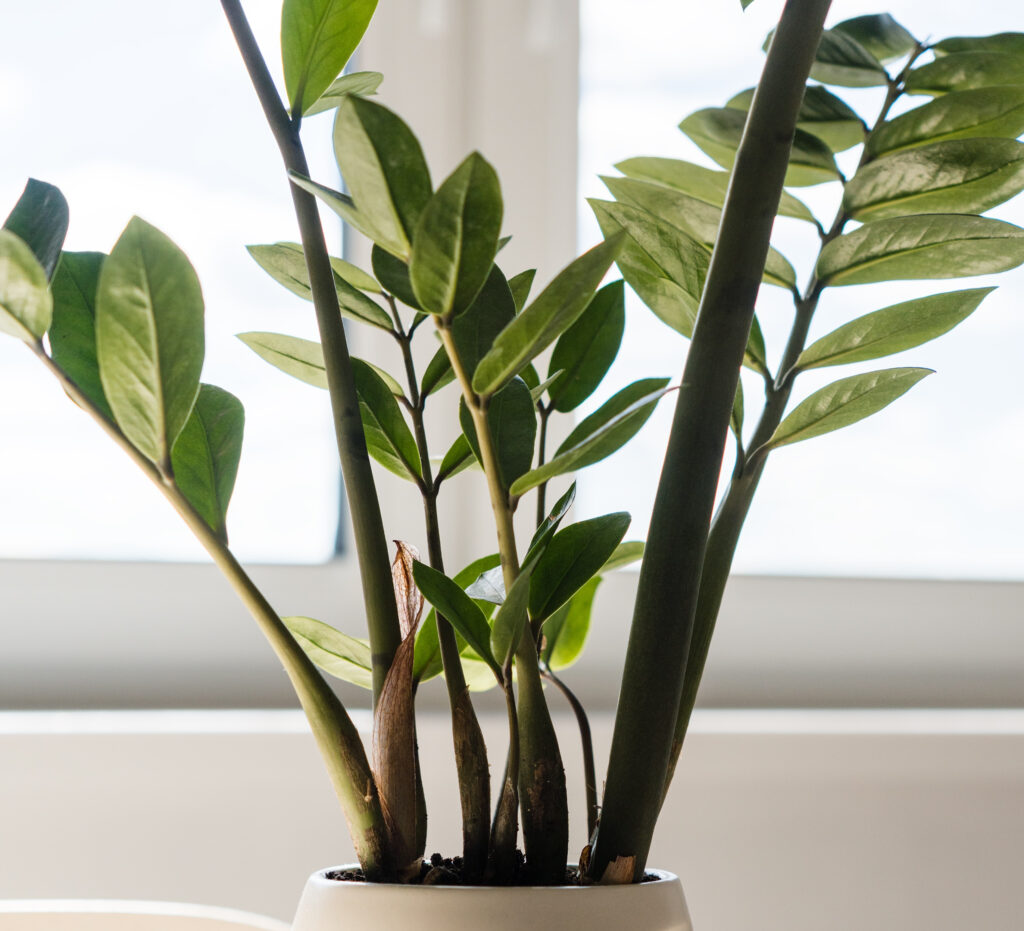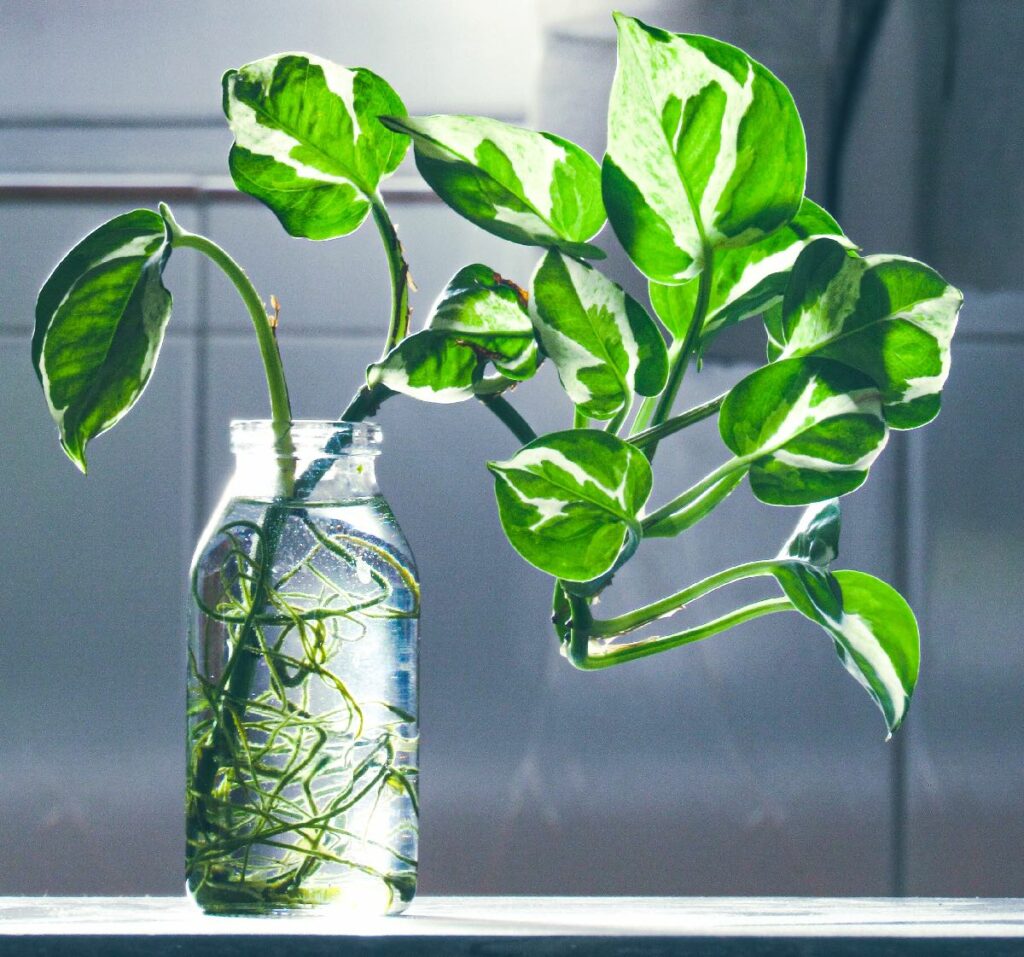Plants, oh how they are a sight to behold! Not only do they add a touch of beauty to any space, but they also offer a plethora of health benefits that are simply too good to ignore. This is why they are the perfect addition to any office space. Research has shown that plants can do wonders for our well-being, from improving air quality to reducing stress levels, increasing productivity, and even boosting creativity. In fact, a study conducted by the University of Exeter found that employees who worked in offices with plants were a whopping 15% more productive than those who worked in offices without them. With all these benefits, it’s no surprise that more and more offices are jumping on the plant bandwagon and incorporating them into their decor.
Now, let’s dive into the nitty-gritty and explore some of the best plants for offices and the benefits they can provide.
Factors to Consider When Choosing Office Plants
When it comes to selecting the perfect plants for your office, there are a multitude of factors to take into account. These factors will aid you in choosing plants that not only appear visually appealing but also flourish in your office setting. Here are some of the key factors to keep in mind:
Lighting
The amount of natural light your office receives is a crucial determinant in selecting plants that will thrive. Some plants require direct sunlight, while others prefer indirect or low light conditions. It is essential to choose plants that are well-suited to the lighting conditions in your office.
Space
The size of your office is another significant factor that will impact your plant selection. If you have limited space, you may want to opt for smaller plants that can be placed on desks or shelves. However, if you have more room to work with, you can consider larger plants that can be placed on the floor.
Maintenance
Different plants necessitate varying levels of care and maintenance. Some plants are low-maintenance and can thrive with minimal attention, while others require more frequent watering, pruning, and fertilizing. It is crucial to consider how much time and effort you are willing to invest in caring for your office plants.
Air quality
Plants can significantly enhance the air quality in your office by removing toxins and pollutants from the air. Some plants are particularly effective at this, so it is advisable to choose plants that are known for their air-purifying properties.
Aesthetics
Finally, you’ll want to select plants that look great in your office. It is essential to consider the overall style and decor of your workspace and choose plants that complement your existing design elements.
By taking these factors into account, you can select the best plants for your office that will not only look great but also thrive in your unique environment.
Top 5 Low-Maintenance Office Plants
When it comes to sprucing up your office space with some greenery, not everyone has the time or expertise to care for high-maintenance plants. But fear not, there are plenty of low-maintenance options that can thrive in an office environment. Here are the top 5 low-maintenance office plants that will add some life to your workspace:
Snake Plant

This plant, also known as mother-in-law’s tongue, is a popular choice for offices due to its ability to survive in low light and with infrequent watering. It also has the added bonus of purifying the air by removing toxins.
ZZ Plant

The ZZ plant is another low-maintenance option that can tolerate low light and irregular watering. With its glossy leaves and ability to grow up to three feet tall, it’s a great statement plant for a corner or empty space.
Pothos

Pothos is a trailing plant that can grow in a variety of lighting conditions, from low to bright. It’s also easy to care for and can be propagated easily, making it a great option for those who want to expand their plant collection.
Spider Plant

Spider plants are known for their ability to remove toxins from the air and are easy to care for. They prefer bright, indirect light and can go several days without watering.
Peace Lily

The peace lily is a beautiful plant that can thrive in low to medium light and doesn’t require frequent watering. It also helps purify the air by removing toxins like formaldehyde and benzene.
No matter what kind of low-light office space you’re working with, there’s a plant out there that can thrive in it. Consider incorporating one of these options into your workspace to enhance air quality, boost productivity, and infuse a bit of nature into your day.
Best Plants for Sunny Offices
When it comes to selecting the most suitable plants for sunny offices, there are a plethora of options to consider. These plants are known to flourish in bright, direct sunlight and can add a touch of natural beauty to any workspace.
One of the most popular choices for sunny offices is the snake plant, also known as mother-in-law’s tongue. This plant requires minimal care and can tolerate a range of lighting conditions, making it an excellent option for those who are new to plant care.
Another low-maintenance option that can thrive in sunny offices is the spider plant. With its long, slender leaves and small white flowers, this plant can add a pop of color to any workspace.
Aloe vera, a succulent plant, is also well-suited for sunny offices. It requires minimal watering and can help purify the air, making it an ideal choice for those who suffer from allergies or respiratory issues.
The rubber plant is another popular choice for sunny offices due to its large, glossy leaves and ability to thrive in bright, direct sunlight. It can grow up to 8 feet tall, making it a great option for larger workspaces.
While the peace lily is typically thought of as a low-light plant, it can also thrive in sunny offices. This plant is known for its beautiful white flowers and ability to purify the air, making it a great choice for those who want to improve the air quality in their workspace.
There are numerous options for plants that can thrive in sunny offices. Whether you prefer low-maintenance options like the snake plant and spider plant or larger options like the rubber plant, there is sure to be a plant that can add a touch of natural beauty to your workspace.
Best Plants for Air Purification
Indoor air pollution is a major concern in offices, as it can lead to various health problems such as headaches, allergies, and respiratory issues. However, there is a simple solution to this problem – plants! Certain plants are known for their air-purifying properties, making them an excellent addition to any office space. Here are some of the best plants for air purification:
Spider Plant
Spider plants are one of the most popular indoor plants, and for good reason. They are easy to care for and are excellent at removing harmful toxins such as formaldehyde and xylene from the air.
Peace Lily
Peace lilies are not only beautiful, but they are also great at purifying the air. They can remove toxins such as benzene, trichloroethylene, and formaldehyde from the air, making them a great addition to any office space.
Snake Plant
Snake plants are another popular indoor plant that is great for air purification. They are known for their ability to remove toxins such as benzene, formaldehyde, and trichloroethylene from the air.
Aloe Vera
Aloe vera is not only great for soothing sunburns, but it is also great for purifying the air. It can remove toxins such as formaldehyde and benzene from the air, making it a great addition to any office space.
Boston Fern
Boston ferns are known for their ability to remove toxins such as formaldehyde and xylene from the air. They are also great at adding moisture to the air, which can help to reduce dry skin and respiratory problems.
Adding air-purifying plants to your office space is a simple and effective way to improve indoor air quality and promote a healthier work environment. Consider adding one or more of these plants to your office space today!
Best Plants for Reducing Noise
In a bustling office environment, noise can be a major hindrance to productivity. However, there are several plants that can help to mitigate this issue and create a more serene work environment.
Peace Lilies
First on the list is the Peace Lily, a popular indoor plant that not only adds aesthetic value to your office but also has the ability to reduce noise levels. Its large leaves are adept at absorbing sound waves, making it an excellent choice for creating a more tranquil atmosphere.
Rubber Plant
Another great option is the Rubber Plant, which boasts large, thick leaves that are also effective at absorbing sound waves. Incorporating this plant into your office can help to create a more peaceful environment and improve overall productivity.
Ficus Trees
The Ficus is a well-known indoor plant that is renowned for its air-purifying abilities and noise-reducing properties. Its large leaves are capable of absorbing sound waves, making it an excellent choice for creating a more serene work environment.
Boston Fern
The Boston Fern is a beautiful indoor plant that is also effective at reducing noise levels. Its fronds are adept at absorbing sound waves, making it an excellent choice for creating a more peaceful atmosphere in your office.
Snake Plants
Finally, the Snake Plant is a hardy indoor plant that is known for its air-purifying abilities and noise-reducing properties. Its long, upright leaves are capable of absorbing sound waves, making it an excellent choice for creating a more tranquil work environment.
Incorporating plants into your office can not only enhance the aesthetics of your workspace but also help to reduce noise levels and create a more peaceful environment. Consider adding one or more of these best plants for offices to reap the benefits and improve overall productivity.
Tips for Caring for Office Plants
Caring for office plants is a crucial task that requires attention to detail and a deep understanding of the plant’s needs. To ensure the longevity and health of your office plants, you must follow a set of guidelines that will help you take care of them properly. Here are some tips that will help you achieve this goal:
Watering
The process of watering your plants is a delicate one that requires precision and care. You must water your plants regularly, but you must also avoid overwatering them. Overwatering can lead to root rot and other fungal diseases that can harm your plants. Therefore, you must ensure that the soil is moist but not waterlogged.
Lighting
The lighting conditions in your office can have a significant impact on the health of your plants. Most office plants require bright, indirect light to thrive. Therefore, you must place your plants near a window or under artificial light sources. However, you must avoid placing them in direct sunlight as it can scorch the leaves and damage the plant.
Temperature
The temperature in your office can also affect the growth and health of your plants. Most office plants thrive in temperatures between 60-75°F. Therefore, you must avoid placing them near air conditioning vents or heaters as it can affect their growth and cause damage.
Humidity
The humidity levels in most office environments are low, which can be detrimental to plants. Therefore, you must consider using a humidifier or placing a tray of water near your plants to increase humidity levels. This will help your plants thrive and stay healthy.
Fertilizing
Fertilizing your plants is an essential task that you must perform once a month during the growing season. You must use a balanced fertilizer and follow the instructions on the package to ensure that your plants receive the nutrients they need to grow and stay healthy.
Pruning
Pruning your plants is a crucial task that you must perform regularly to remove dead or yellowing leaves. This will help promote new growth and keep your plants looking healthy and vibrant.
Pest control
Pests such as spider mites, mealybugs, and scale insects can harm your plants and cause damage. Therefore, you must keep an eye out for signs of infestation and isolate the affected plant if necessary. You must also treat it with an appropriate insecticide to prevent further damage.
By following these tips, you can ensure that you find the best plants for your office that will thrive and add a touch of greenery to your workspace.
Conclusion: Choosing the Right Plants for Your Office
Incorporating plants into your office space can have a ton of benefits. Improving the quality of air, reducing stress levels, and increasing productivity can all result from bringing some greenery into your workspace. However, it’s crucial to take into account various factors when selecting the perfect plants that will be among the best plants for offices.
These factors include lighting, temperature, and maintenance requirements. It’s imperative to choose plants that can withstand the conditions of your office environment. Some of the most optimal plants for office spaces include snake plants, pothos, peace lilies, and succulents. These plants are low-maintenance and can thrive in a variety of office environments. It’s also important to consider the aesthetic appeal of the plants and how they complement your office decor. By thoughtfully selecting the right plants for your office, you can create a more inviting and productive workspace for yourself and your colleagues.
Frequently Asked Questions
What are the benefits of having plants in the office?
Plants in the office can improve air quality, reduce stress levels, increase productivity, and enhance the overall aesthetic of the workspace.
What are some low-maintenance plants that are suitable for offices?
Some low-maintenance plants that are suitable for offices include snake plants, pothos, ZZ plants, succulents, and peace lilies.
How often should I water my office plants?
The frequency of watering your office plants depends on the type of plant and the environment it is in. Generally, it is recommended to water once a week or when the top inch of soil feels dry to the touch.
What is the best location for my office plants?
The best location for your office plants is near a window with natural light. However, if your office does not have access to natural light, you can use artificial light sources such as fluorescent or LED lights.
Can I use fake plants instead of real ones?
While fake plants require less maintenance, they do not provide the same benefits as real plants. Real plants improve air quality and provide a calming effect that fake plants cannot replicate.

